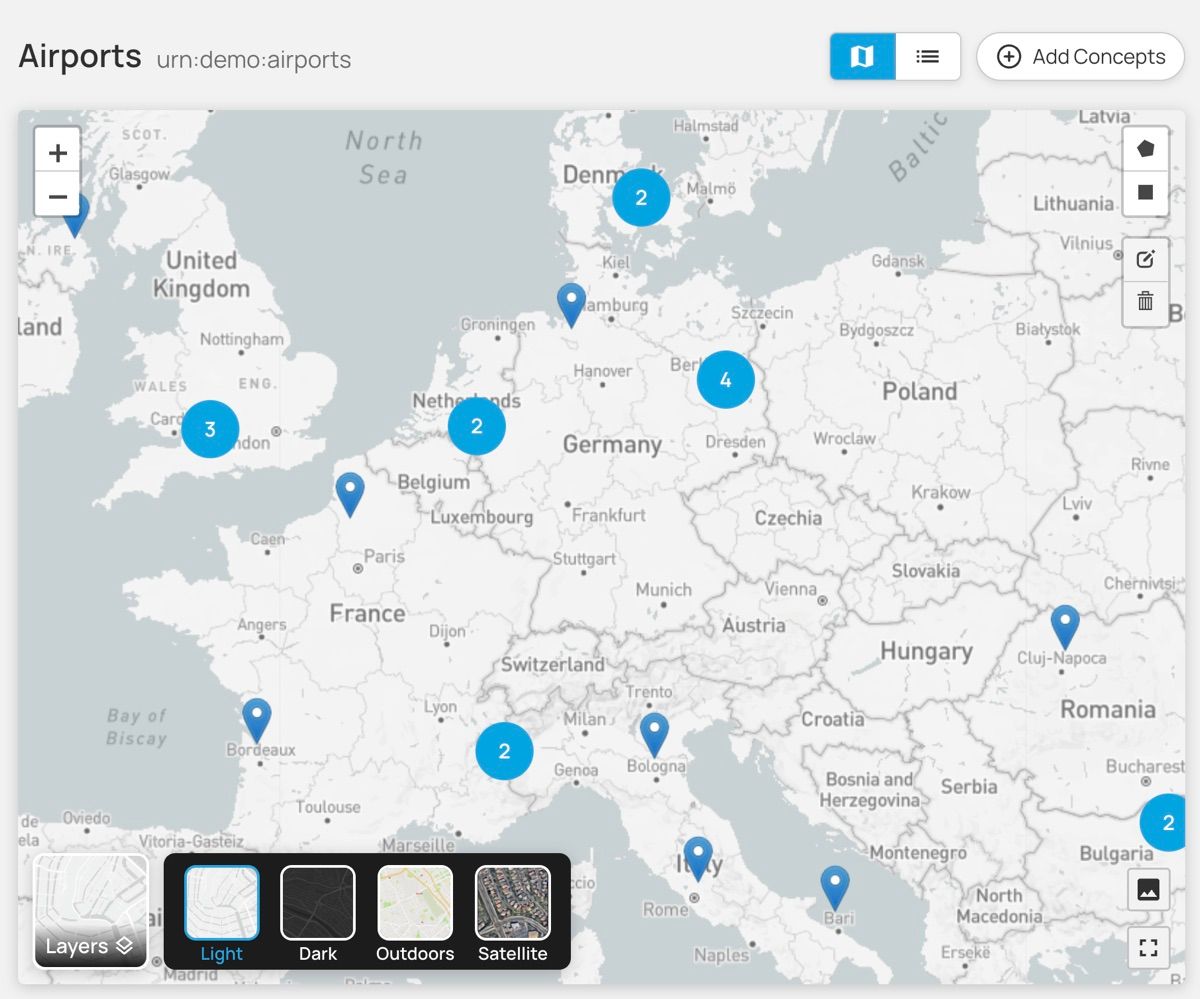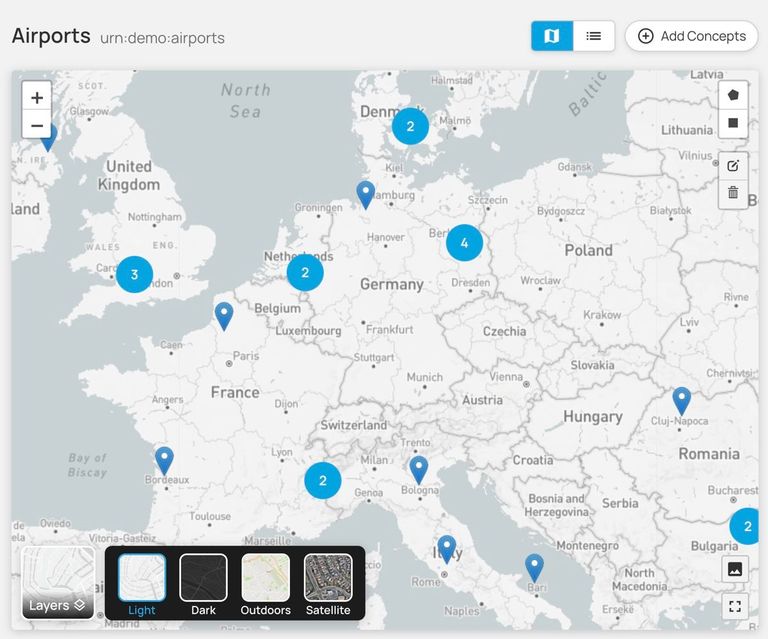
New Features in Data Graphs - Q1 2022
We have been hard at work improving our Knowledge Graph as a Service product Data Graphs - in fact it is in a state of continuous improvement. We have rolled out a number of new features in the first quarter of 2022, and here is a brief roundup on what they are:
Advanced search
Data Graphs Advanced Search feature allows you to build complex queries by chaining and grouping a series of boolean and numeric expressions. For example for finding a set of concepts in the graph where they are of Type A and Type B or Type C, with a date property after a specified date, and a property equal to some specified value. These searches are available in both the Data Graphs API and now in the app too.
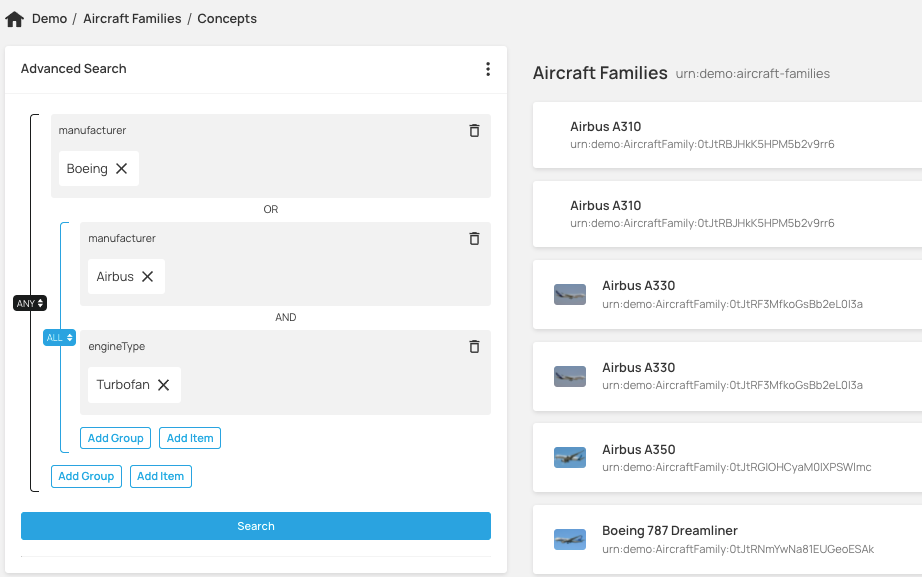
Saved searches
Saved search enables users to label, store and recall search criteria – great when you are regularly using complex queries, particularly with Advanced Search where building up items and groups can be time consuming and you want to return to the same search results later.
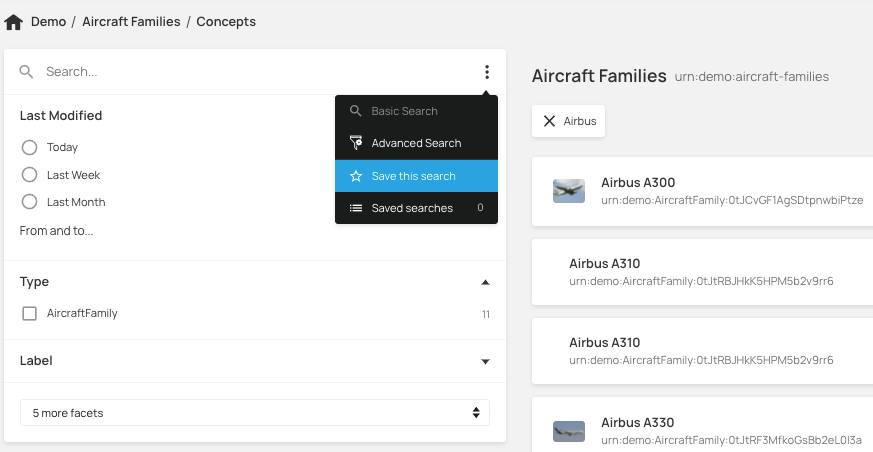
Custom validation rules
When creating a property, custom validation allows you to choose from a set of configurable rules that can be applied to certain data types and used to control the property’s data, for example an age limit, an expiry date or a control on input text. These rules include min/max characters (for text, keyword types), regular expressions, before/after date (for date, dateTime) and min/max value (for integer, decimal, latitude, longitude). You can also define cardinalities on arrays and relationships in the graph.
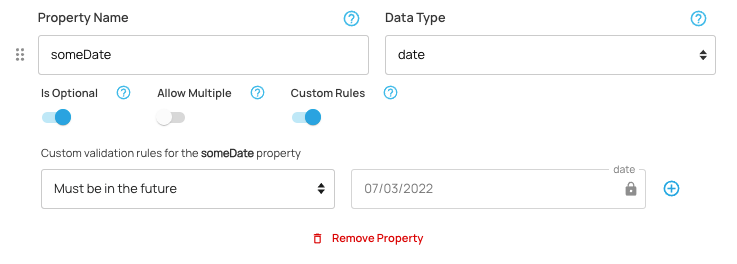
Enum data types
The new enum data type allows you to create a property with a predetermined list of options, from which users choose when setting its value. This will be useful for any field whose value you want to limit to a small controlled vocabulary that you may not want in your graph as entities in their own right. In the Data Graphs Concept Editor the enum options are presented as a drop-down list on the property.
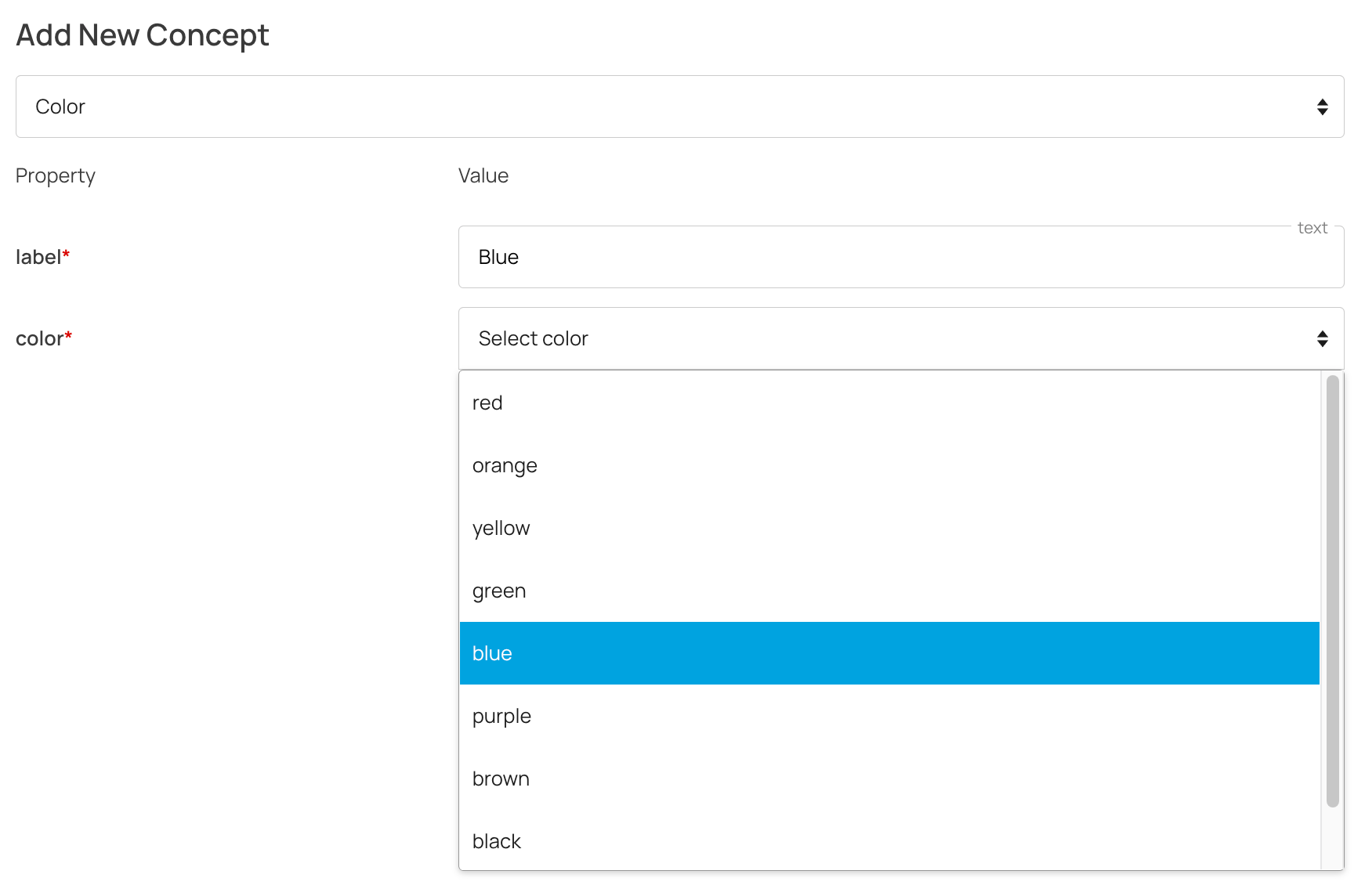
Pre-commit web hooks
Data Graphs pre-commit web hooks allow you to perform a remote impact assessment of a given event, for example, merging two Concepts, or deleting a Concept when integrated with some target business system. When one of these actions occurs, Data Graphs makes an HTTP request with the event’s details in the payload to an endpoint in your environment, allowing you to analyse the downstream impact of this change and respond by either accepting or declining the event or by providing a warning (as illustrated). A full integration of these at Cochrane has been discussed in this case study here.

Improved geospatial visualisations
As well as the default map view of geospatial data, you can now view concepts geospatially on dark, light, outdoors, and satellite views with automated entity clustering based on the zoom-level of the map:
